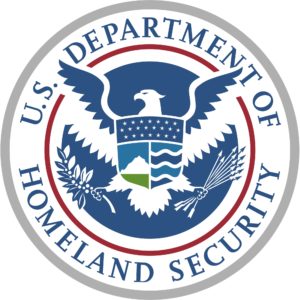
The Transportation Security Administration on Thursday released a roadmap for air cargo security that emphasizes four goals, including incentivizing the use of artificial intelligence and machine learning in security technologies and for the agency to provide more training support to industry for screening air cargo. The marketplace for air cargo lacks incentives for investing in security technology and so TSA will work with technology vendors “and explore opportunities for funding to support and expand both current and future capability pipelines,”…

 By
By 











